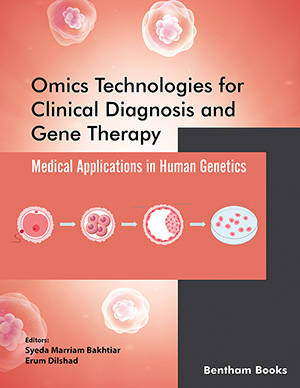Abstract
Bone healing and formation are under the control of growth factors. Among
these factors, bone morphogenetic proteins (BMPs) have a vital role in bone and
cartilage maintenance and formation. BMP itself belongs to the superfamily of
transforming growth factor β (TGFβ). Although, the use of recombinant BMPs has no
significant association with the treatment of bone fractures, arthroplasty,
pseudoarthrosis or other bone-related diseases. Recent advancements in genetic
engineering have led to the foundation of gene therapy. Gene therapy uses genes to be
incorporated in the living cells to replace defective genes or manipulate gene
expression for therapeutic purposes. Gene therapy is emerging for the treatment of
diseases with approval in Europe where it is in the marketing surveillance phase (Phase
IV Clinical trial). This technique has also been tested for the incorporation of
osteogenic genes in stem cells for repairing spinal fusion and recovering defects in
bones in preclinical models. Therefore, gene therapy has the potential for the treatment
of different diseases and has the advantage over the use of recombinant proteins. In this
chapter, we have discussed gene therapy, its mechanism, delivery system and its use in
tissue engineering (soft and bone tissue) for clinical application.
Keywords: Gene Delivery, Gene Therapy, Scaffolds, Polymeric Composites.






















